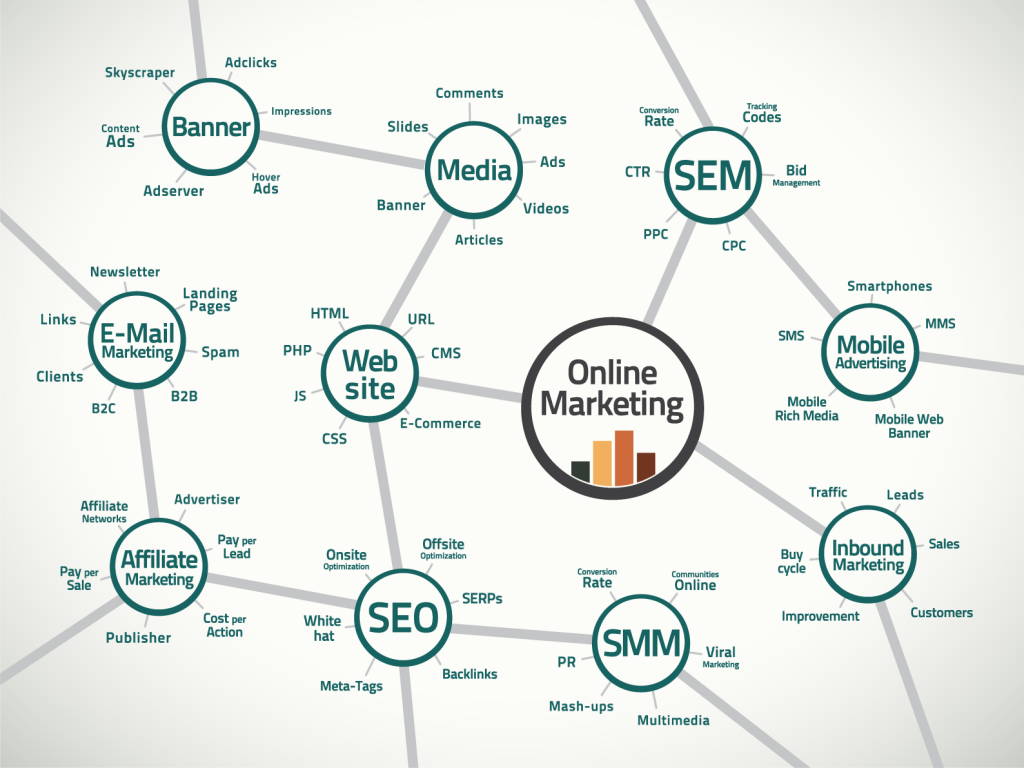
So you have started your first Facebook ad campaign and now you sit, wondering if it is working. Here are a few things to look for to help you determine if it is working and what changes (if any) you would need to make.
Access your Ads Manager within business.facebook.com or facebook.com/adsmanager and look for the following areas.
Note: If you don’t understand a term below, you can search in Ads Manager for additional explanation in the Search bar at the top or check out the blog, “Conversions, impressions, CTAs, oh my!“
Relevance Score
Your relevance score helps you know how well your Facebook ad is resonating with your audience. It is measured from a 1 to 10. A lower score means that the ad is not very relevant to your audience selected and it will result in a lower amount of impressions and a higher cost. The higher the relevance, the higher the impressions and the lower the ad cost will be.
If you have a lower relevance score (i.e. 5 or lower), then you will want to work on your audience selection. Test different audiences with the same ad and see how your relevance score changes.
Once you begin to get your audience dialed in, then you can begin to do even more testing upon the ads (photos, colors, headings, etc.). Using your Persona research can help you in the beginning with your audience targeting as well as ad creatives.
Impressions
Impressions are how many times your Facebook ad has been shown. The more times it is seen, then the more brand awareness about your ministry. When beginning your M2DMM strategy, brand awareness is a high priority. It is important to help people to think about your message and your page(s).
All impressions though are not the same. Ones that are in the news feed are a lot larger in size and are (probably) more impactful than others such as the right-hand column ads. Looking to see where the ads are placing is important. If you find that for example, 90% of your ads are being seen and engaged or acted upon from mobile, then let that help determine your ad design and ad spend on future campaigns.
Facebook will also tell you the CPM or cost per thousand impressions for your ad(s). As you plan future ad spend, look at your CPM to help you determine the best place to spend your ad budget for the impressions and results.
Clicks
Every time a person clicks on your Facebook ad it counts as a click. If a person takes the time to click on the ad and go to the landing page, then they are probably more engaged and have more interest.
Facebook will tell you in Ad Manager your CTR or Click-Through-Rate. The higher the CTR, than the more interest people had on that ad. If you are running an AB test, or have multiple ads, the CTR can tell you which one is helping to drive more views on your landing page, and which one has higher interest.
Also look at the cost per click (CPC) of your ads. CPC is the cost-per-click of an ad and helps you know how much it is costing to get people to go to your landing page. The lower the CPC the better. To help keep your ad spend low, monitor your CPC and increase the ad spend (slowly, never more than 10-15% at a time) that have the best CPC number.
Just as with impressions, where your ad is shown will affect your CTR and CPC. Right-hand column ads usually are cheaper in regards to CPC and have lower CTR. Newsfeed ads will usually cost more but will have a higher CTR. Sometimes people will click on a news feed without knowing that it is actually an ad, so this is an area that you will want to track over time. Some people might not even click on an ad but be interested, so looking at a campaign over a period of time using both Facebook Analytics and Google Analytics will help you discover patterns.
Conversions Metrics
Conversions refer to actions taken on your website. For your ministry it might mean someone requesting a Bible, sending a private message, downloading something, or something else that you have asked them to do.
Put conversions in context by measuring the number of conversions divided by the number of page visits, or conversion rate. You might have a high CTR (click-through-ratio) but low conversions. If so, you might want to check your landing page to make sure that the “ask” is clear and compelling. A change in a picture, wording, or other items on a landing page, including page speed, can all play a part in your conversion rates.
A metric that may help you determine the effectiveness of your Facebook ad is the advertising spend divided by the number of conversions, or cost per action (CPA). The lower the CPA, the more conversions you are getting for less.
Conclusion:
It may seem a little daunting as you begin a Facebook ad campaign to know whether it is succeeding or not. Knowing your objective, having patience (give an ad at least 3 days to allow for the Facebook algorithm to do its work), and using the above metrics can help you determine when to scale and when to stop a campaign.
